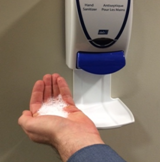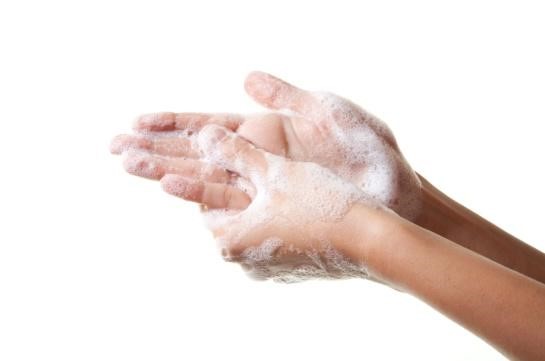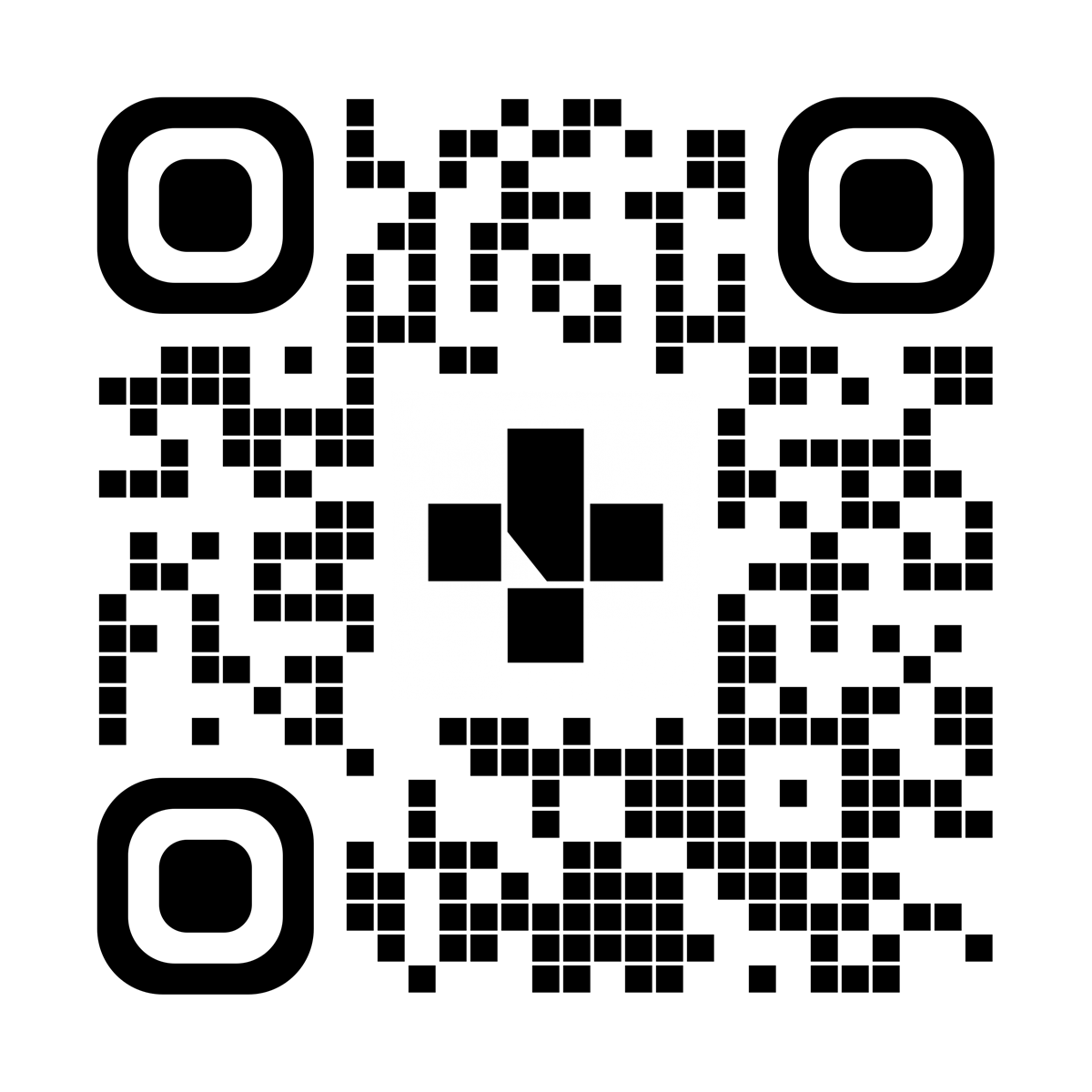Hand Hygiene
A guide to clean hands
This information has been translated into other languages – see the links at the bottom of this page.
Why do I need to clean my hands?

Cleaning your hands (also called hand hygiene) is one of the best ways to stop germs from spreading.
Your hands may look clean, but they can still have germs that cause infections. You can pick up germs from almost anywhere, including, phones, doorknobs, and railings.
If you forget to clean your hands or don’t clean them well, you can spread germs to others without even knowing it. These germs can also make you sick if you touch your eyes, mouth, nose, or a cut on your body.
It’s important to encourage your family members, visitors, and healthcare team to clean their hands whenever they visit you or help with your care.
When do I need to clean my hands?
Always clean your hands:
- before you prepare and eat food
- before you touch your eyes, nose, or mouth
- after you use the bathroom, blow your nose, or cough or sneeze on your hands
- before you have contact with patients or residents of a healthcare facility and before you go into their room
- after you have any contact with patients or residents and after leaving their room, unit, and the healthcare facility
Should I use hand sanitizer or soap and water?
You can use hand sanitizer (an alcohol-based hand rub) or soap and water to clean your hands.

Hand sanitizer is best to use when:
- your hands don’t look or feel dirty
- you go into or leave a patient or resident room, unit, and healthcare facility
To clean your hands with hand sanitizer:
- Roll up long sleeves and push up your watch, bracelet, and other items on your wrist.
- Put a palm-sized amount of hand sanitizer on your hands.
- Rub the sanitizer all over your hands, wrists, fingers, fingertips, and thumbs.
- Rub until your hands are completely dry.

Soap and water is best to use:
- when your hands look or feel dirty
- before you eat or prepare food
- after you use the bathroom
To clean your hands with soap and water:
- Roll up long sleeves and push up your watch, bracelet, and other items on your wrist.
- Wet your hands with warm water.
- Put enough soap on your hands to cover them.
- Rub the soap all over your hands, wrists, fingers, fingertips, and thumbs.
- Wash and scrub your hands for 15 to 30 seconds.
- Rinse your hands under warm running water.
- Pat your hands dry with a paper towel.
- Turn the tap off with the paper towel.
When does my healthcare team need to clean their hands?
Your healthcare team follows the “4 Moments for Hand Hygiene” when they care for you. They will clean their hands:
Moment 1
- before they come into your room
- before they touch you or anything around you, including your clothes and personal items
Moment 2
- before they put on gloves
- before they do a procedure, such as starting an intravenous (I.V.), changing your dressing, caring for your catheter, or preparing your medicine
Moment 3
- after they have contact with any of your body fluids, such as blood, urine (pee), stool (poop), vomit, or saliva (spit)
- after they take off gloves that had contact with your body fluids (such as after changing your dressing or taking your blood for a blood test)
Moment 4
- after they touch you or anything around you
- before they leave your area
If you don’t see a member of your healthcare team clean their hands, you can say, “I didn’t see you clean your hands. Would you mind cleaning them?” Your healthcare team welcomes your questions.
Please remind visitors to clean their hands too, so germs don’t get into your room.
By keeping our hands clean, we can all create a safer environment.
To see this information online and learn more, visit MyHealth.Alberta.ca/health/pages/conditions.aspx?Hwid=custom.ab_handhygiene_inst.

Related to Hand Hygiene
Other languages
Hand Hygiene: A guide to clean hands
For 24/7 nurse advice and general health information call Health Link at 811.
Current as of: November 16, 2023
Author: Infection Prevention and Control, Alberta Health Services
This material is not a substitute for the advice of a qualified health professional. This material is intended for general information only and is provided on an "as is", "where is" basis. Although reasonable efforts were made to confirm the accuracy of the information, Alberta Health Services does not make any representation or warranty, express, implied or statutory, as to the accuracy, reliability, completeness, applicability or fitness for a particular purpose of such information. Alberta Health Services expressly disclaims all liability for the use of these materials, and for any claims, actions, demands or suits arising from such use.
